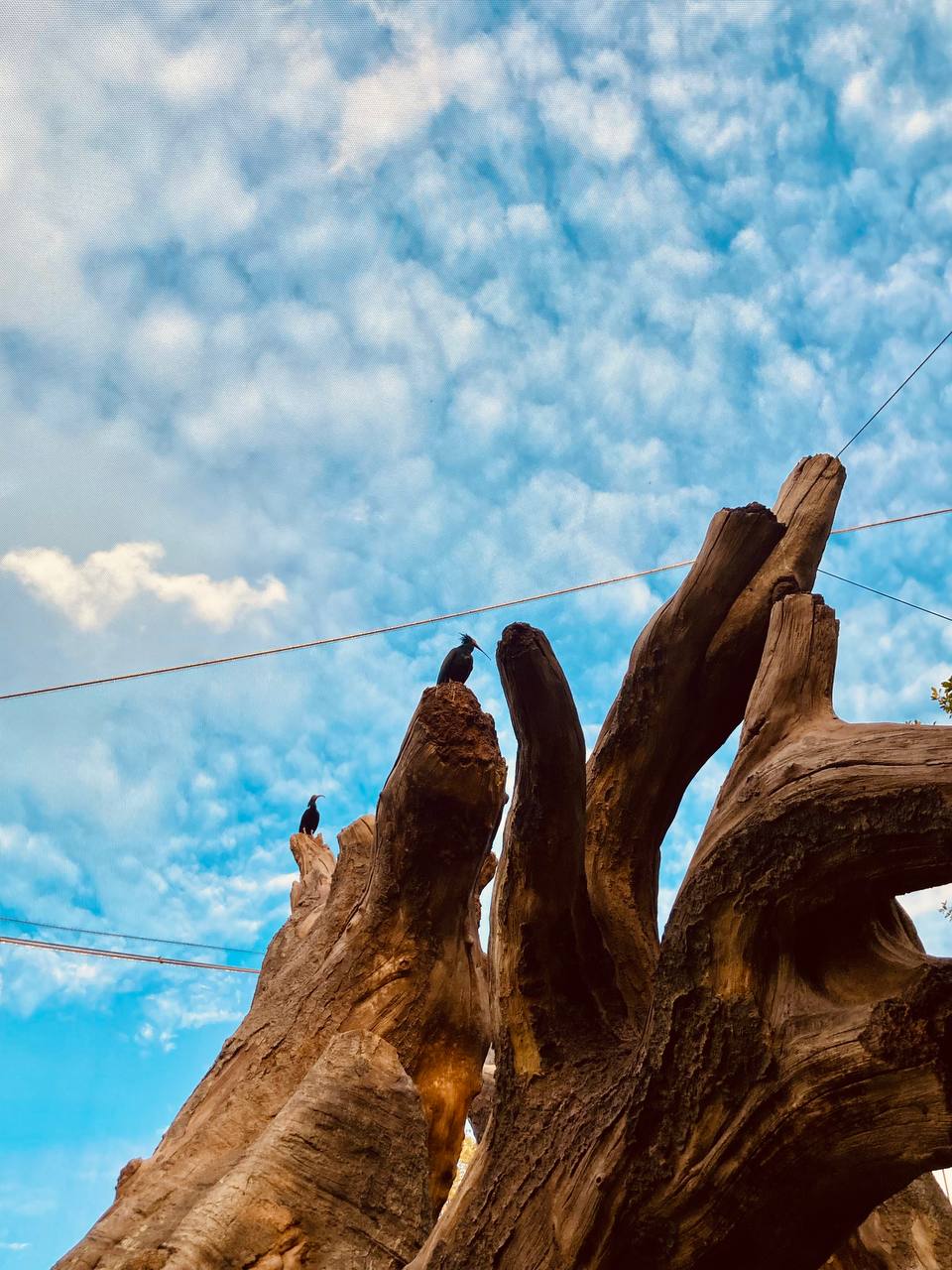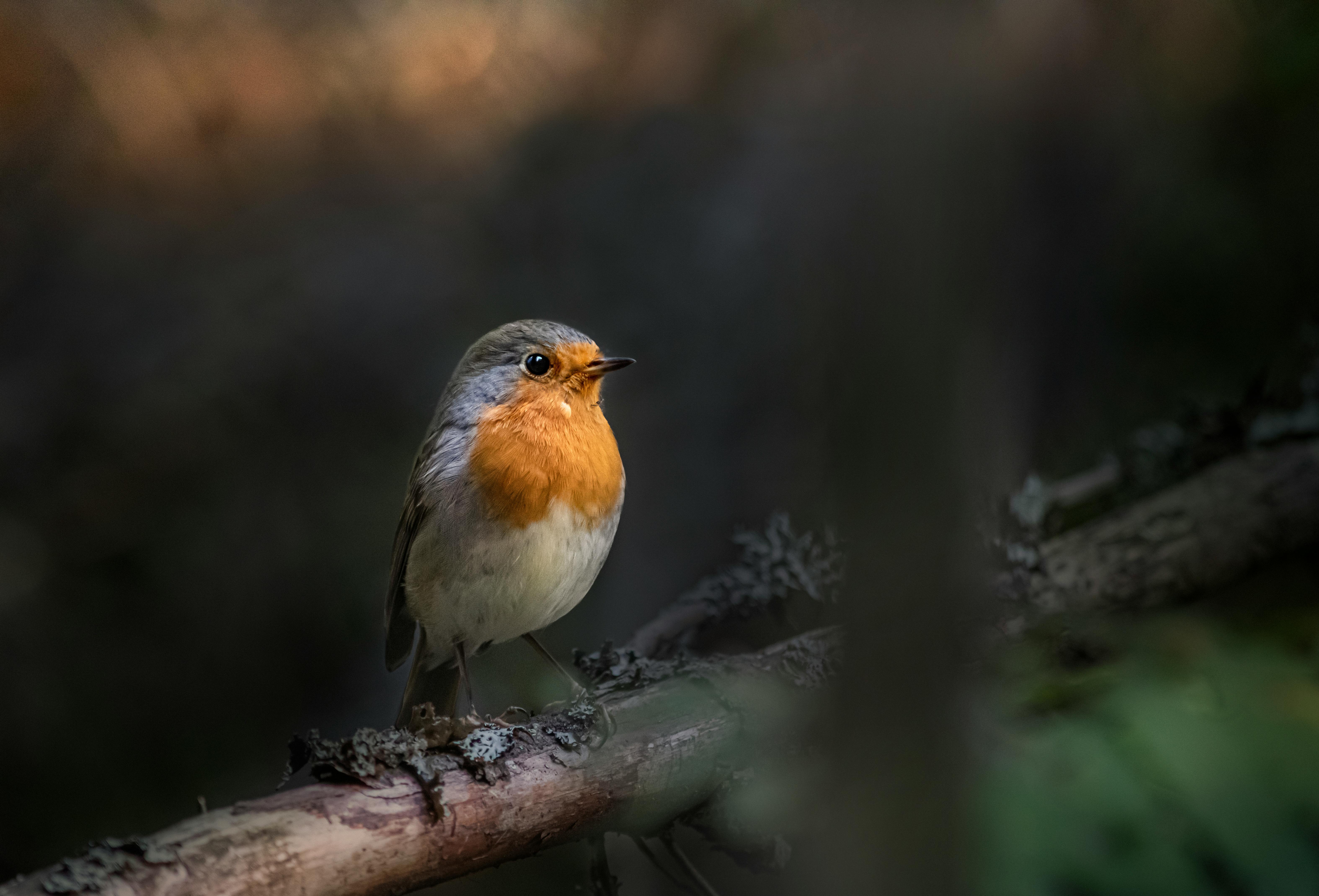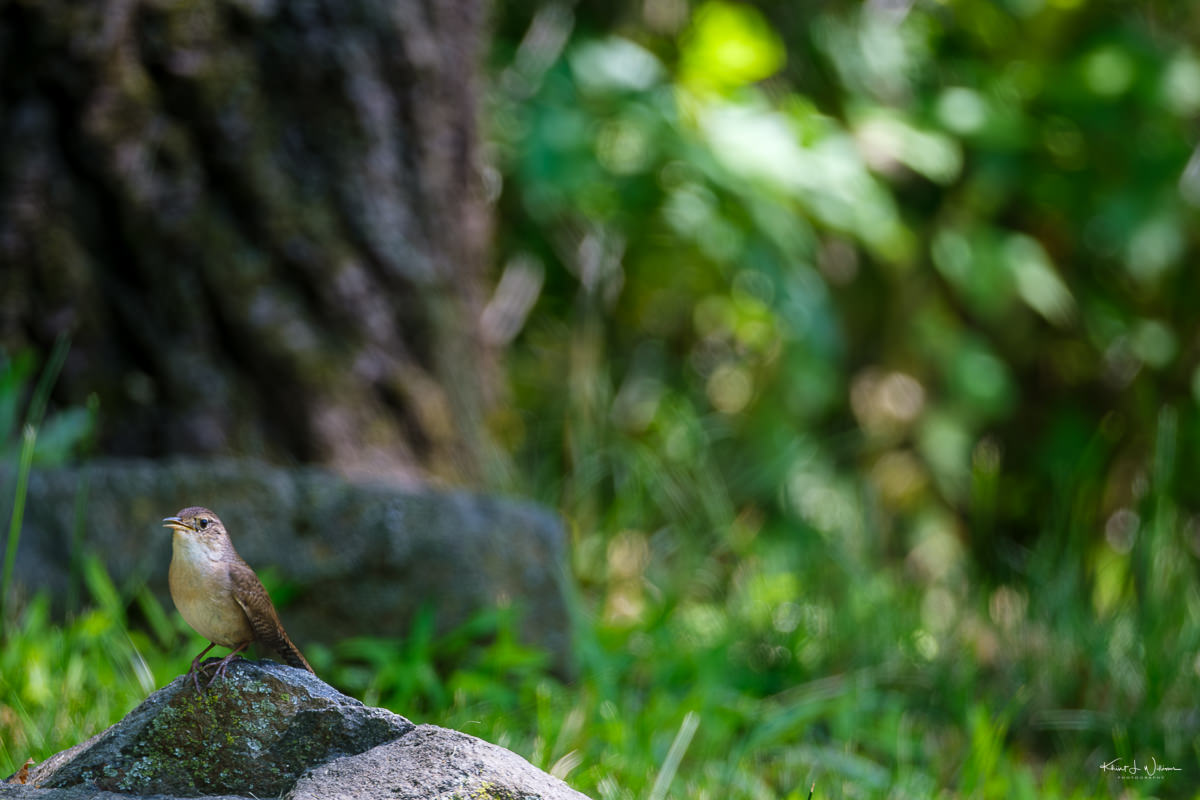Introduction: Exploring the Unique Sound of Nighttime Bird Chirping in Texas
![]()
Discover the captivating world of nighttime bird chirping in Texas, where the enchanting melodies of nocturnal avian inhabitants fill the air after sunset. Texas‘s diverse bird species extend to the night, offering a mysterious ambiance to the landscape.
Among the notable nighttime chirpers in Texas is the Eastern Whip-poor-will (Antrostomus vociferus). This migratory bird is famous for its distinctive call resembling the phrase “whip-poor-will.” Another species, the Chuck-will’s-widow (Antrostomus carolinensis), shares its preference for twilight and nighttime activities.
In this blog post, we will delve into the common birds that chirp at night, explore prime listening locations, learn how to identify these birds, and provide tips for maximizing your nighttime bird chirping experience. By appreciating the sounds of nighttime bird chirping in Texas, we can develop a deeper connection with nature and the avian life thriving in the Lone Star State.
Common Birds That Chirp at Night in Texas
![]()
When darkness falls, the Texas night comes alive with enchanting sounds of chirping birds. Let’s explore some common birds that fill the Texan nights with melodious chirping.
Northern Mockingbird (Mimus polyglottos)
The Northern Mockingbird is a renowned songster and prevalent nighttime chirper in Texas. With its remarkable ability to mimic various sounds, it creates a symphony of melodies throughout the night, captivating the senses and adding charm to the Texan nights.
Eastern Screech-Owl (Megascops asio)
The Eastern Screech-Owl, found in wooded areas across Texas, emits a distinctive call characterized by trills and whinnies. Its vocalizations create an eerie yet captivating atmosphere, often heard in suburban neighborhoods as well.
Chuck-will’s-widow (Antrostomus carolinensis)
![]()
The Chuck-will’s-widow, a nocturnal bird commonly encountered in Texas, possesses a unique call resembling its namesake. The repetitive and haunting sounds of the Chuck-will’s-widow add a mysterious allure to the nighttime experience.
Common Nighthawk (Chordeiles minor)
As twilight descends, the Common Nighthawk takes to the skies, emitting a distinct “peent” call during its evening and early morning flights. Its aerial acrobatics and rhythmic vocalizations create an auditory spectacle in the Texan night.
While these species are known for their nighttime chirping in Texas, other migratory birds passing through the region may also contribute to the symphony of sounds. Prepare to encounter a diverse array of avian voices, each adding its unique melody to the nocturnal chorus.
In the upcoming sections, we will explore where to listen for nighttime bird chirping in Texas, provide valuable tips for identification and enjoyment, and embark on a nocturnal adventure into the captivating world of nighttime bird chirping in the Lone Star State.
Where to Listen for Nighttime Bird Chirping in Texas

Texas offers a diverse range of habitats where you can immerse yourself in the enchanting symphony of nighttime bird chirping. Here are some notable locations to explore:
Urban and Suburban Areas

Don’t underestimate the birding potential of your own backyard! Even in urban and suburban areas, you can often find nighttime chirping birds. The Eastern Screech-Owl, known for its distinctive trilling and whinnying calls, can be spotted in trees or nesting boxes. Take a stroll around your neighborhood at dusk or dawn to catch a glimpse of these feathered musicians.
Wooded Areas and Forests

Venture into the lush woodlands and forests of Texas, where nocturnal birds find refuge. The Chuck-will’s-widow, a member of the nightjar family, frequents these habitats. Its repetitive “chuck-will’s-widow” call fills the night air. Look for these birds around wooded areas and forest edges, particularly near water sources where insects abound.
Arid Regions and Open Spaces
In the arid regions of Texas, such as parts of West Texas, you’ll discover the mesmerizing nighttime sounds of the Common Poorwill. This small, nocturnal bird prefers rocky terrain and desert scrub habitats. Listen for its gentle, repetitive “poor-will” call as darkness falls.
Wildlife Refuges and Nature Preserves
![]()
To fully immerse yourself in the captivating world of nighttime bird chirping, visit wildlife refuges and nature preserves scattered throughout Texas. These protected areas provide havens for a variety of bird species. The Attwater Prairie Chicken National Wildlife Refuge, the Santa Ana National Wildlife Refuge, and the Big Bend National Park are just a few examples of destinations where you can experience the melodic serenade of nocturnal birds.
Riverbanks and Wetlands
Texas boasts a network of rivers, lakes, and wetlands that attract an array of birdlife. These habitats serve as feeding and nesting grounds for many species, including those that vocalize at night. Along riverbanks and in wetland areas, keep an ear out for the unmistakable calls of birds like the Barn Owl and the Great Horned Owl. Their haunting hoots and screeches add an ethereal quality to the nocturnal soundscape.
Remember to respect the natural environment and adhere to any regulations or guidelines when visiting these locations. By venturing to these diverse habitats, you can enhance your chances of encountering the captivating nighttime bird chirping that Texas has to offer.
What to Look For to Identify a Chirping Bird

When trying to identify a chirping bird at night in Texas, there are several key factors to consider. By paying attention to these factors, you can narrow down the possibilities and increase your chances of identifying the bird correctly.
Pitch and Pattern of the Chirping
One important aspect to consider is the pitch and pattern of the chirping. Different bird species have distinct vocalizations, and familiarizing yourself with their unique sounds can be helpful. Take note of the characteristics of the chirping, such as its high or low pitch, the rhythm, and any repeated patterns. These details can be valuable clues in identifying the bird.
Timing and Duration of the Chirps
The timing and duration of the chirps can also provide useful information. Some birds have specific times during the night when they are most active and vocal. Pay attention to when the chirping occurs and whether it follows a particular rhythm or pattern. For example, certain species may be more active at dusk or dawn, while others may continue chirping throughout the night.
Consider the Habitat
Another factor to consider is the habitat where you are listening for the chirping. Birds tend to be associated with specific habitats, so understanding the type of environment you are in can give you clues about the potential species. By considering the habitat, you can narrow down the list of possible bird species.
Visual Cues
![]()
Although identifying birds by sound is the primary method at night, some species may also have distinct visual characteristics that can aid in identification. If you are able to see the bird, observe factors such as its size, shape, coloration, and flight patterns. These visual cues, combined with the sound, can provide valuable information for accurate identification.
Utilize Field Guides and Online Resources
To enhance your identification efforts, make use of field guides and online resources. Field guides are valuable references that provide descriptions, photos, range maps, and even audio recordings of bird calls. Online resources, such as bird identification websites and apps, can also be helpful. These tools can assist you in comparing the characteristics of the chirping bird with known species, making the identification process more manageable.
Be Aware of Mimicking Abilities
![]()
Keep in mind that some birds, such as mockingbirds and nightingales, are known for their ability to mimic the sounds of other bird species. This can make identification more challenging. If you suspect that a bird is mimicking another species, consider the context and the presence of other bird calls to determine the actual source of the chirping.
By considering the pitch and pattern of the chirping, the timing and duration, the habitat, visual cues, and utilizing field guides and online resources, you can increase your chances of successfully identifying a chirping bird at night in Texas. Remember to stay patient and attentive, as each observation brings you closer to unraveling the unique sounds of nighttime bird chirping.
Tips for Enjoying a Nighttime Bird Chirping Experience

Immerse yourself in the captivating world of nighttime bird chirping with these valuable tips:
1. Choose the Right Time and Place
Maximize your chances of encountering a variety of nocturnal bird species by planning your excursion during their most active hours—after dusk and before dawn. Seek out diverse habitats like forests, wetlands, or open fields, as they attract a wider range of bird species. Nature reserves, parks, and areas with minimal light pollution provide an undisturbed and authentic bird chirping experience.
2. Come Prepared
Ensure a comfortable and safe outing by carrying essential items. Bring a reliable flashlight or headlamp to navigate while preserving your night vision. Pack insect repellent to ward off distracting bugs. Wear weather-appropriate clothing and sturdy footwear for comfort and protection.
3. Familiarize Yourself with Bird Calls
Deepen your connection with nighttime bird chirping by familiarizing yourself with the calls and songs of common nocturnal bird species in Texas. Learn to recognize the vocalizations of species like the Eastern Screech-Owl, Barred Owl, and Common Nighthawk. Online resources, smartphone apps, and field guides can help you identify different species by sound.
4. Be Patient and Quiet
Nighttime bird chirping requires patience and a calm demeanor. Birds are sensitive to sudden noises, so maintaining a quiet environment is crucial. Find a comfortable spot away from traffic or human activities, and allow yourself to become attuned to the sounds of the night. Listen attentively for melodic calls and occasional rustling of nocturnal creatures.
5. Utilize Technology for Identification
Enhance your bird chirping experience by utilizing modern technology. Smartphone apps and online resources allow you to identify bird calls in real-time, enriching your understanding of the nocturnal avian chorus. Identify specific species and learn more about their behaviors and habitats. However, balance technology with the joy of immersing yourself in the natural soundscape.
6. Respect the Environment and Wildlife
While immersing yourself in the enchanting world of nighttime bird chirping, it’s essential to respect the environment and wildlife. Avoid excessive noise, refrain from playing recorded bird calls, and keep a respectful distance from nesting areas. Leave no trace behind, ensuring you leave the natural setting as you found it. By practicing responsible birdwatching, you contribute to the preservation of these remarkable creatures and their habitats.
Embark on a memorable nighttime bird chirping adventure in Texas by following these tips. Immerse yourself in the tranquility of the night, embrace the symphony of bird calls, and revel in the magical experience that awaits.
Conclusion: Embracing the Enchanting Melodies of Nighttime Bird Chirping in Texas

As we conclude our exploration of the captivating sounds of nighttime bird chirping in Texas, we are reminded of the enchanting experience it offers. Texas is home to a diverse array of bird species that create a symphony of melodies during the night, captivating nature enthusiasts and bird lovers alike.
Throughout our journey, we have discovered some of the common nocturnal birds in Texas. The Northern Mockingbird stands out with its exceptional singing abilities and diverse repertoire of songs and calls, heard day and night. Another notable nocturnal bird is the Chuck-will’s-widow, known for its distinctive call that adds to the nighttime ambiance in Texas.
To fully appreciate the beauty of nighttime bird chirping, one must know where to go. Urban parks and natural reserves provide opportunities to immerse oneself in the captivating melodies of these feathered musicians. Exploring these locations allows us to truly connect with nature and appreciate the intricate soundscape of nighttime bird chirping.
Identifying chirping birds can be a rewarding experience. By paying attention to distinctive calls, unique vocalizations, and bird behavior, enthusiasts can enhance their birdwatching skills and gain a deeper understanding of the avian world. This attention to detail allows us to connect with nature and appreciate the intricate soundscape of nighttime bird chirping.
To fully enjoy a nighttime bird chirping experience, it is essential to be prepared. Dressing appropriately, bringing binoculars, and using a field guide can enhance the overall experience. Additionally, practicing active listening and embracing the tranquility of the night can create a serene and immersive encounter with these captivating creatures.
For those wanting to bring the magic of nighttime bird chirping closer to home, attracting birds to their yard can be a fulfilling endeavor. By providing food, water, and suitable habitats, individuals can create an inviting space that entices birds to visit and sing their melodious tunes throughout the night.
In conclusion, nighttime bird chirping in Texas enriches the natural soundscape and showcases the diverse avian life. By appreciating and immersing ourselves in these unique melodies, we forge a deeper connection with the natural world and find solace in the symphony of birdsong that fills the Texan nights. So, whether exploring the diverse habitats of Texas or creating a personal bird haven in your backyard, remember to pause, listen, and marvel at the captivating sounds of nighttime bird chirping.
Frequently Asked Questions
Can you explain why birds chirp at night in Texas?

Birds chirp at night in Texas for various reasons. Some species, like the Eastern Whip-poor-will and Chuck-will’s-widow, are nocturnal and are most active during the night. They use their vocalizations to communicate with other members of their species, establish territories, and attract mates. Other birds, such as the Northern Mockingbird, may sing at night during certain times of the year, like the breeding season, or in urban areas where artificial lighting disrupts their natural day-night rhythm.
What are the most common birds that chirp at night in Texas?

Some of the most common birds that chirp at night in Texas include the Northern Mockingbird, Eastern Screech-Owl, Chuck-will’s-widow, and Common Nighthawk. These species are known for their distinct calls and are frequently heard in various habitats across the state.
Where are the best locations to listen for nighttime bird chirping in Texas?
Texas offers a range of habitats where you can listen to nighttime bird chirping. Urban and suburban areas, wooded areas and forests, arid regions and open spaces, wildlife refuges and nature preserves, as well as riverbanks and wetlands are all excellent locations to experience the captivating sounds of nighttime bird chirping in Texas.
How can I identify a chirping bird at night in Texas?
To identify a chirping bird at night in Texas, pay attention to factors such as the pitch and pattern of the chirping, the timing and duration of the chirps, the habitat where you are listening, any visual cues you may observe, and utilize field guides and online resources for assistance. Familiarizing yourself with the unique vocalizations of common nocturnal bird species in Texas can also aid in identification.
How can I enhance my nighttime bird chirping experience in Texas?
To enhance your nighttime bird chirping experience in Texas, choose the right time

Leave a Reply